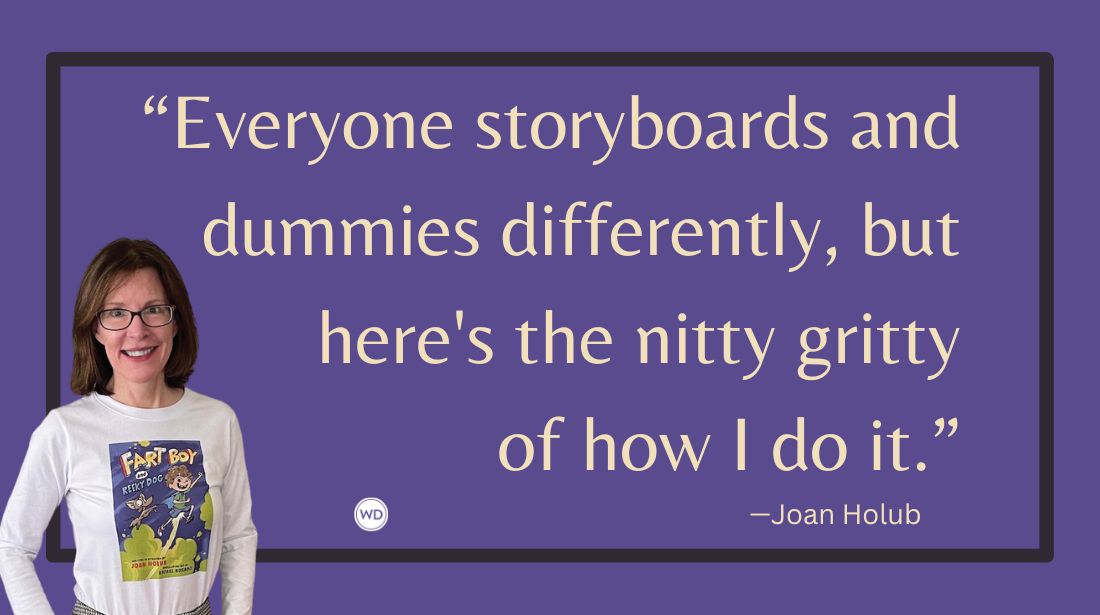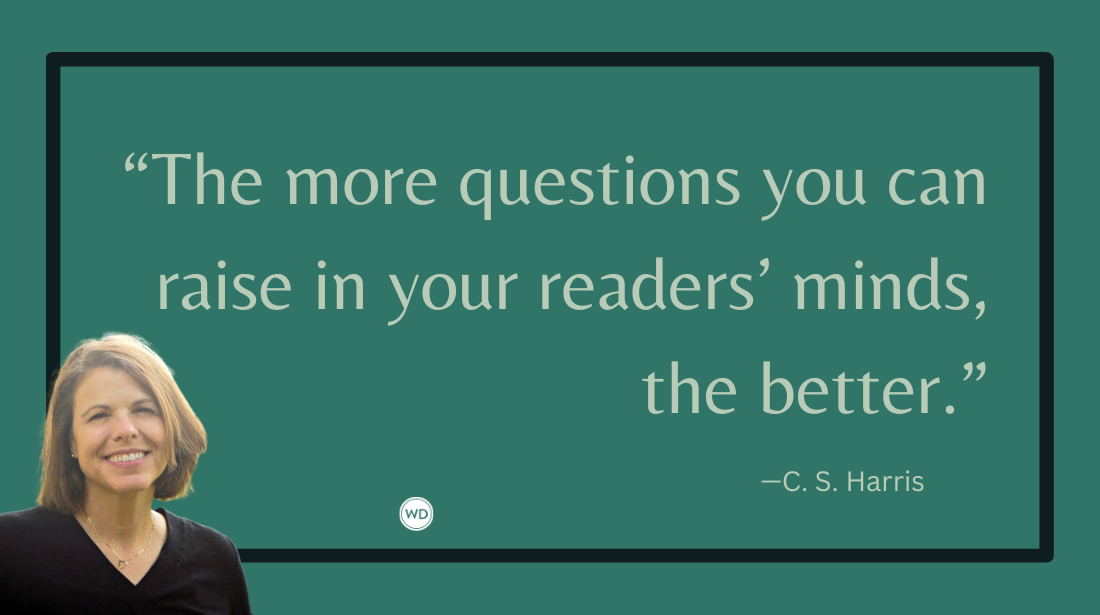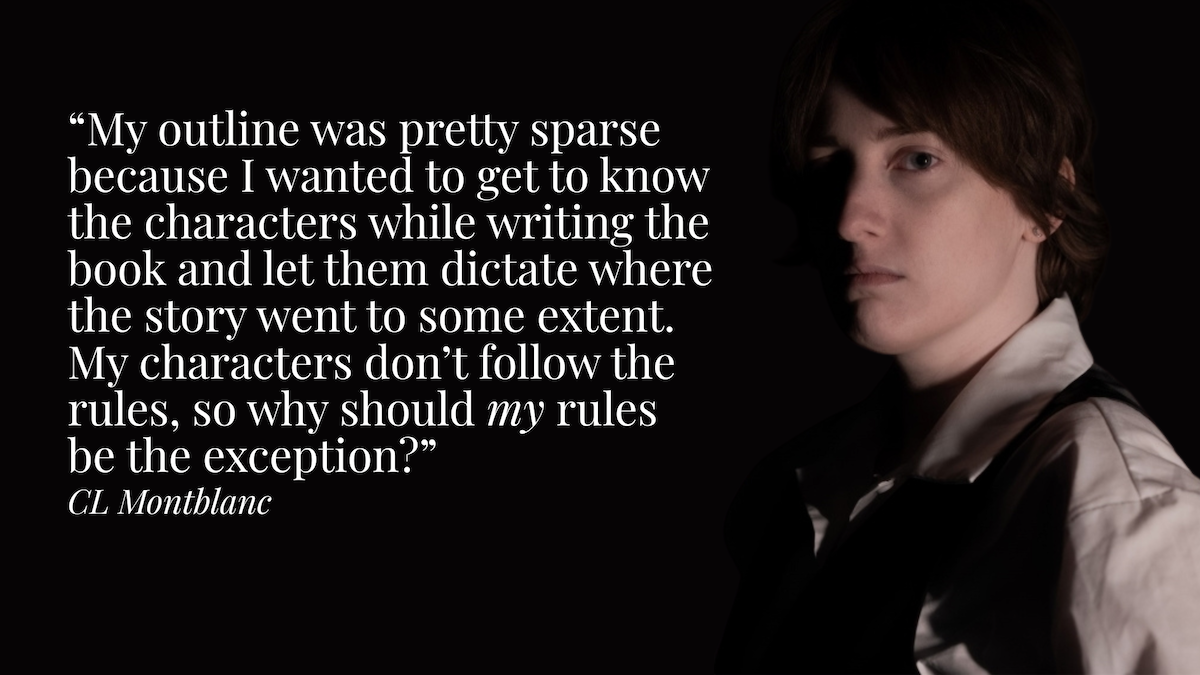Building Better Worlds: Select or Create Fantastical Animals
In this article, WD editor Moriah Richard guides genre writers through the selection and creation of fantastical animals for their world-building.
In my last article, I talked about how to expertly utilize an animal character in your work. Now, I’d like to shift focus a bit from animal characters to fantastical animals—animals that do not appear here in our world. If you’re writing about a world that’s not our own, it stands to reason that there might be animals you want to utilize to show this otherness. They might be a minor character, like Nailah in Children of Blood and Bone by Tomi Adeyemi, or they might just be used for a plot point like the tracker jackers in the Hunger Games series by Suzanne Collins. Regardless of how you’re using it, you want to make sure that your fantastical animal works for your story and not against it.
How to Select or Create Fantastical Animals
Animals vs. Monsters
Before we dive in, I want to point out that while you might find this article useful for monster creation, it’s not intended to be such. What’s the difference between fantastical animals and monsters, you might ask? Well, I consider an animal is a neutral or goodly creature that can sometimes cause harm but generally keeps to itself. It’s a creature that the protagonist frequently (or fairly easily) has the upper hand over. A monster, on the other hand, is an unpredictable and frightening creature who intends to do the protagonist harm and appears to be unstoppable.
To go back to an earlier example, I consider tracker jackers to be animals and not monsters. Why, when they clearly can overwhelm and harm the humans of their world? Well, they’re just wasps with a terrifying twist. They’re protective, aggressive, and have a killer sting, but they don’t actively hunt humans. Instead, they attack when they feel threatened, and this is what gets people into trouble.
But where tracker jackers are very similar to more mundane wasps, the difference between a great white shark and Jaws is more stark. One is an animal who can definitely maim (or kill) people but is generally just living its sea-animal life. Jaws, on the other hand, is actively hunting the people of Amity Island, preying on the most vulnerable, throwing the town into grief and terror and chaos. It takes a small crew of specialized people to take it down, and then the sequels prove that the horror hasn’t been stopped. Jaws is a monster.
What is the purpose of including this fantasy creature?
This will be the first step of deciding what creature will work best for your work. Do you need an animal that your protagonist will rely on frequently, like a trusty steed or a battle partner? Or is this creature something that your hero will encounter simply as an obstacle or plot point to push the story forward?
The reason this is an important distinction is that it will determine how much information about your creature you’ll need. If they’re only in your story for the plot, you don’t need a lot of information on them—just what you need to move your story forward. However, if they’re in the story for a longer, more intimate reason (such as being a minor character), you’ll need to know things like how they move, what they like, etc.
Once you’ve made this decision, it’s time to actually decide on the creature you’d like to use!
Selecting a Fantastical Creature
Selecting a creature means borrowing a previously-created animal from myths or stories that are familiar to your reader. These could be dragons, unicorns, etc. If you’re selecting an animal to use, I have two recommendations for your process:
Read Widely
While I do enjoy a good dragon, there are a lot of really interesting myths and stories out there with animals who might fit your narrative. For example, when I moved to Maryland, I came across the myth of the snalleyghaster, a lizard/chicken/sea creature hybrid that early German settlers said would swoop in and snatch up small farm animals and, later on, children. I came to love the snalleyghaster so much that I started featuring it in some of my stories, like Day 25 of the 2021 Flash Fiction February Challenge. I could have easily used a small dragon for the same story, but this grounds it more in the geography of the world I created and gives the animal a bit of an unexpected twist.
Do the Unexpected
If you’re going to go with a widely-recognized creature, don’t be afraid to put your own twist on it. What about a dragon who hoards human’s memories instead of gold? Or a kraken who can be persuaded into protecting ships instead of destroying them? This will help your story stand out among the crowd and put your own mark on the genre.
Creating a Fantastical Creature
If you’ve decided to go totally off the beaten path and create your own fantastical creature, great! This can be a good way to enrich your world. To do so, it might be helpful to flesh out the following information:
Environment
This is where your animal will be found in the wild. An animal's environment is reflected in their bodies: moles without sight (unnecessary in the pitch-black underground) have excellent senses of smell and hearing. Mammals that live in the ocean have blowholes and animals that live in trees have prehensile tails, long, curved claws, or sticky pads on their feet. What your animal looks like will be informed by where they live.
Availability
Is this animal widely found, like deer, or are they rarer? What’s caused the abundance or scarcity in their population? This will affect how your protagonist sees the animal and how people see the protagonist for interacting with it.
Description
What does your creature look like? Is it large or small? How much does it generally weigh? Can your protagonist ride it? Eat it? How is it killed? All of these will be useful when you describe the animal to your readers.
Intelligence
This is important because it will define how your character interacts with the creature. If it’s a minor character, will your protagonist constantly need to be checking in with it and giving it direction? Or is it able to function on its own with little maintenance?
Relationship to Humans
Is your creature revered? A nuisance? An almost-forgotten legend? A vital part of the local people’s diet? Knowing these things will help you to navigate your story. If your protagonist wanders into a town and they’re tasked with taking care of a local pest problem, that’s one thing. But if they kill a creature in the woods and then wander into town with it, only to find out that this town worshipped the creature, that’s a whole other plotline.
Magical Abilities
Is this creature tied to the magic of your world somehow? If so, what kind of magic? How can it use magic? What does this mean for the protagonist and their journey?
Name
Coming up with a fantastical name can be easy for some and very challenging for others (read: me). If you’re finding that you’re a little stuck with what to name this totally awesome creature you created, it’s okay to turn to other sources. If you already have a fictional language in your story, you might want to create a new word for your creature. If not, I tend to turn to FantasyNameGenerators.com. You can find random generators there from sea creatures to animal groups and beyond.
Final Notes
Sensory Information
Even if your fantastical animal is only in the story for a brief moment, it’s important to include sensory information in the description of that animal. Is there an odor in the air when it draws near? Does it make a particular sound? How does that sound affect your protagonist? When your protagonist lays eyes on it, what do they notice first (color, texture, etc.)? If they have an opportunity to touch the animal, what does it feel like? All of these will bring your animal to life and make the reading experience more engaging for your audience.
Be Cautious!
As always, be wary when world-building that you don’t go too deep into the research hole. Does your story really need to have the animal’s migration and mating patterns? Or is their basic description and environment enough? While I love to flesh out my world as much as possible for my own amusement, sometimes I spend far too much time world-building and not enough time actually writing.
Hopefully, there’s enough information here to get you started! Whether you’re using a well-loved fantastical animal or creating a new one from scratch, always take care that what you’re adding will enrich your world and your character’s journey, rather than detract from it. Good luck!
Since obtaining her MFA in fiction, Moriah Richard has worked with over 100 authors to help them achieve their publication dreams. As the managing editor of Writer’s Digest magazine, she spearheads the world-building column Building Better Worlds, a 2023 Eddie & Ozzie Award winner. She also runs the Flash Fiction February Challenge on the WD blog, encouraging writers to pen one microstory a day over the course of the month and share their work with other participants. As a reader, Moriah is most interested in horror, fantasy, and romance, although she will read just about anything with a great hook.
Learn more about Moriah on her personal website.








